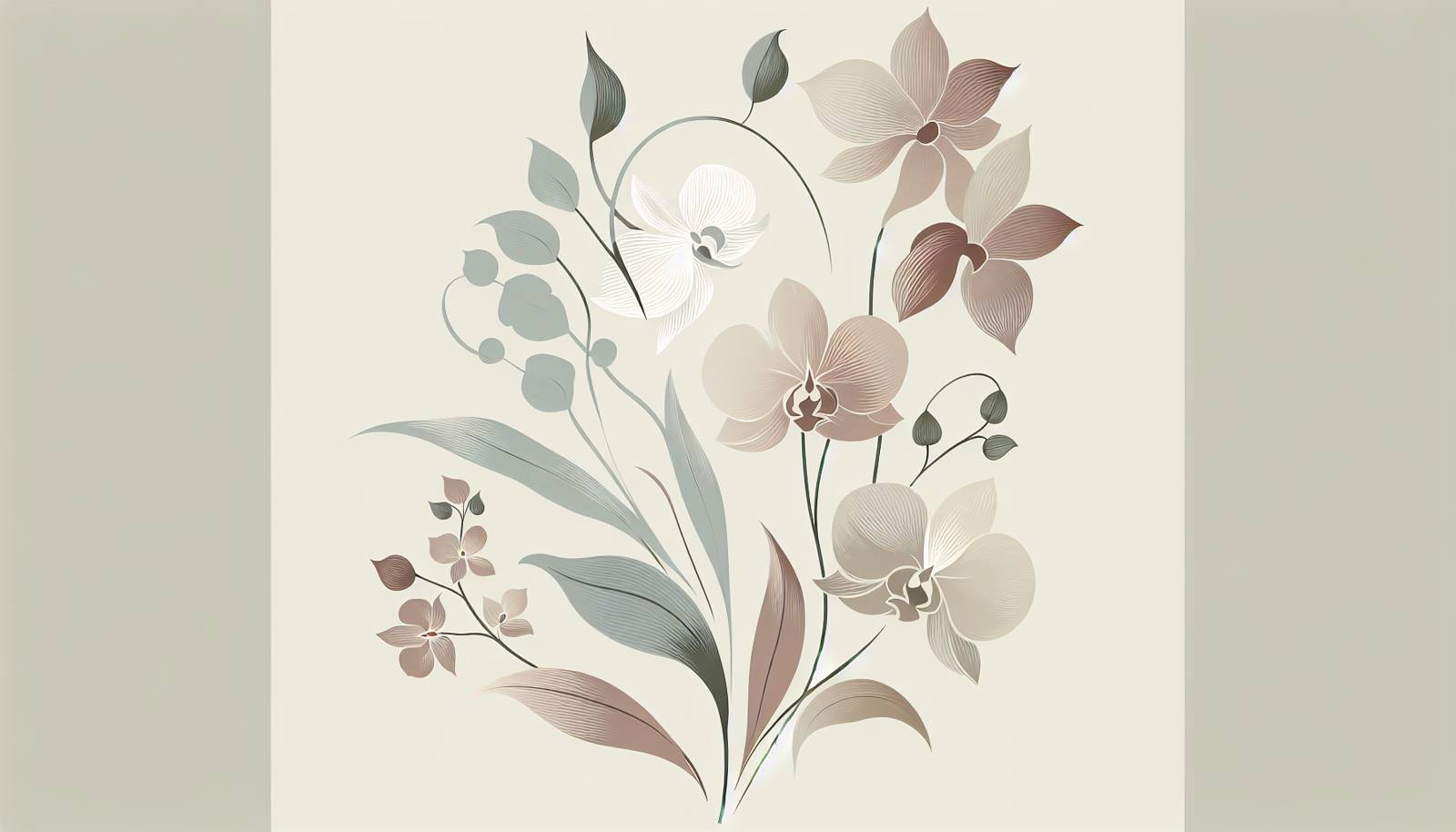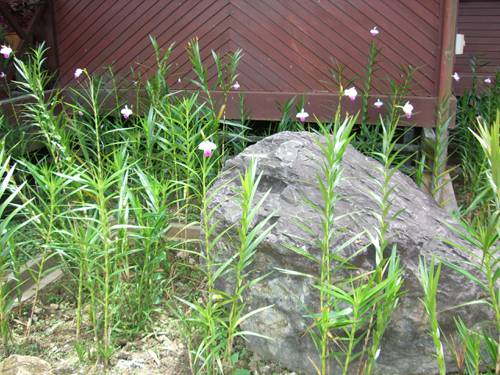
FAQ About Caring for Indoor Rare Orchids

What are the basic light requirements for rare indoor orchids?
Rare indoor orchids typically require bright, indirect light to thrive. Direct sunlight can scorch their leaves, while insufficient light can prevent flowering. Placing them near an east or west-facing window can provide the ideal light conditions. It's also beneficial to rotate the plant periodically to ensure all sides receive light.

How does humidity affect rare indoor orchids?
Humidity is crucial for the health of rare indoor orchids. These plants generally thrive in environments with 50-70% humidity. To maintain adequate humidity, you can use a humidifier, mist the leaves daily, or place the pot on a tray filled with water and pebbles, ensuring the water doesn't touch the bottom of the pot to prevent root rot.

What is the best watering technique for rare orchids?
Watering rare orchids requires careful attention to the plant's needs and the species' specific requirements. It's generally advisable to water them early in the day and allow the substrate to dry slightly between waterings. Overwatering can lead to root rot. A good technique is to water thoroughly until water drains from the bottom of the pot, ensuring the roots are well hydrated.

How often should I water my rare indoor orchids?
The frequency of watering rare orchids depends on several factors, including the species, the growing medium, and environmental conditions. In general, orchids should be watered once a week, but some species may require more or less frequent watering. It is best to check the moisture level of the growing medium to determine when to water.

What are common signs of overwatering in orchids?
Overwatering can cause several problems for orchids, including yellowing leaves, root rot, and limp or mushy roots. If you see these signs, it is important to reduce watering and check the root health. Healthy orchid roots are firm and white or green, while overwatered roots appear brown and mushy.

Can I use tap water for watering orchids?
Tap water can be used for watering orchids, but it may contain additives like chlorine and fluoride that can accumulate in the potting medium over time and harm the plant. It is often recommended to use distilled water or rainwater. If using tap water, let it sit for 24 hours to allow some of the chemicals to dissipate before watering your orchids.

What types of potting mediums are suitable for rare orchids?
Rare orchids typically require well-draining potting mediums such as bark, sphagnum moss, or a combination of these materials. The choice of medium can depend on the specific species and growing conditions. In general, the medium should retain some moisture but allow for good air circulation around the roots.

Do rare indoor orchids need special fertilizer?
Yes, rare indoor orchids benefit from specialized fertilizers. A balanced 20-20-20 fertilizer or a formulation specifically for orchids should be used. It's best to dilute the fertilizer to half-strength and apply it every two weeks during the growing season. In the dormant period, reduce fertilization frequency.

What temperatures are ideal for rare indoor orchids?
Orchids generally thrive in temperatures between 65°F and 80°F (18°C to 27°C) during the day, with a slight drop at night to mimic their natural conditions. It’s essential to avoid sudden temperature changes and drafts to keep them healthy.

How can I prevent pests on my rare indoor orchids?
To prevent pests such as aphids, spider mites, and mealybugs on orchids, maintain good air circulation, avoid overwatering, and regularly inspect leaves for signs of infestation. If pests are detected, treat them promptly with insecticidal soap or neem oil.

Why are my orchid's leaves turning yellow?
Yellowing leaves on an orchid can be caused by overwatering, lack of sunlight, or nutrient deficiencies. Ensure that you are providing adequate but not excessive water, and place the orchids in a position where they receive appropriate indirect sunlight. Consider using orchid fertilizer to address potential nutrient issues.

How do I repot a rare indoor orchid?
Repotting a rare indoor orchid should be done every two years or when the plant outgrows its current pot. Gently remove the orchid from its pot, carefully untangle and inspect the roots, trim any dead or rotten parts, and plant it in a fresh potting medium. Ensure the new pot has ample drainage holes.

How important is air circulation for orchids?
Good air circulation is vital for orchids as it helps prevent diseases and promotes proper transpiration. Fans can be used to ensure air movement, but avoid direct drafts. Proper spacing between plants also helps in maintaining good air circulation.

What should I do if my orchid isn't blooming?
Lack of blooms can be due to insufficient light, improper watering routines, or lack of nutrients. Ensure that your orchid receives bright, filtered light and evaluate your watering and fertilization practices. Phosphorus-rich fertilizer can help stimulate blooming.

Is it normal for orchids to lose leaves?
It can be normal for orchids to lose a few leaves periodically, especially older ones, but significant leaf loss may indicate a problem with care practices. Check for issues such as pests, improper watering, or insufficient light, and adjust your care routine accordingly.

Can I grow rare orchids under artificial light?
Yes, rare orchids can be grown under artificial lights, especially if natural light is insufficient. LED grow lights that mimic the full spectrum of sunlight are effective. Ensure the light is positioned at the appropriate distance to avoid overheating the plants.

What are the common types of rare orchids suitable for indoor growing?
Some rare orchids suitable for indoor cultivation include the Dracula orchid, Lady's Slipper orchid, and Jewel orchid. Each has distinct care requirements regarding light, water, and humidity, making it essential to research each type individually.

How can I propagate rare indoor orchids?
Propagation of rare orchids can be done through division, keiki (baby plant) separation, or tissue culture techniques. Division involves separating sections of the plant that have healthy roots and pseudobulbs. Keiki separation involves cutting off the small plantlets that form on an orchid’s spike.

How do I know if my orchid is healthy?
A healthy orchid displays firm, green leaves and roots, vibrant flowers when in bloom, and a strong overall structure. Signs of distress include wilted leaves, brown or soft roots, or lack of blooms, which may require adjustments in care.

What should I do with the flower spike after blooming?
After blooming, you can cut back the flower spike if it turns brown and dies. If it remains green, it can be left to potentially produce more flowers or keikis. Cutting above a node can sometimes encourage a new spike or branch.
